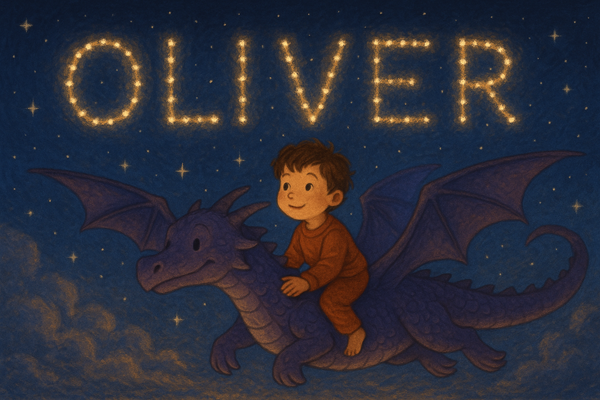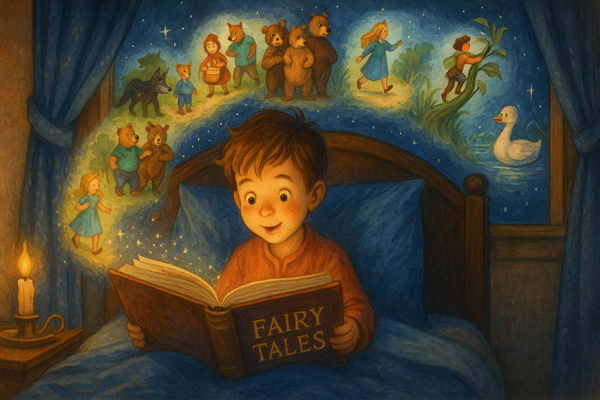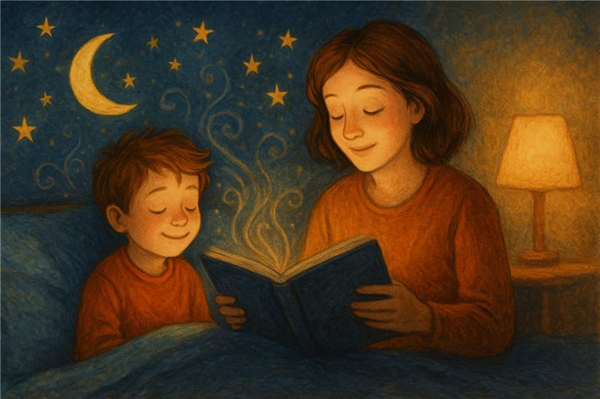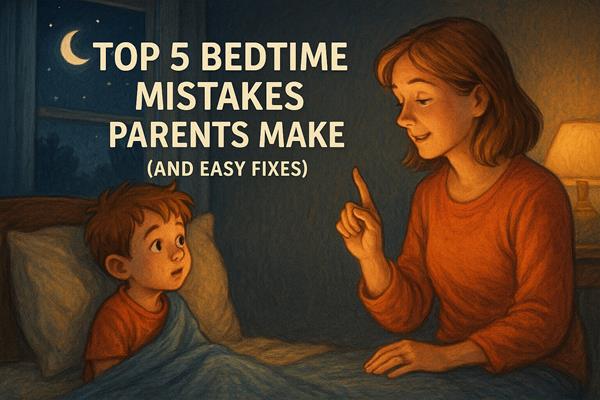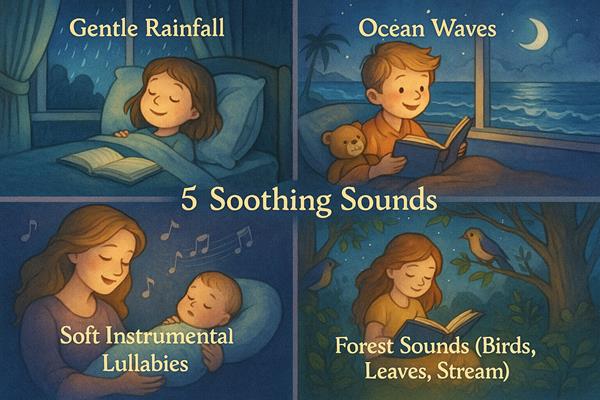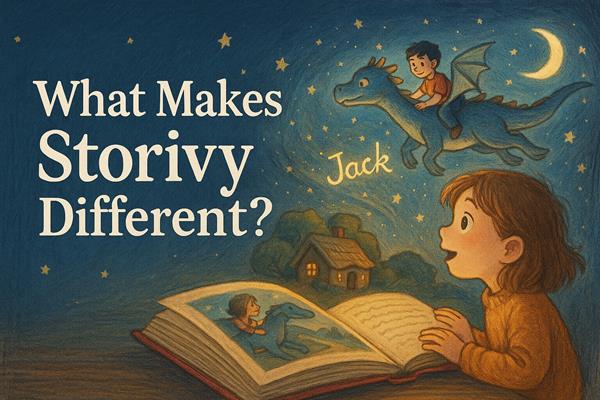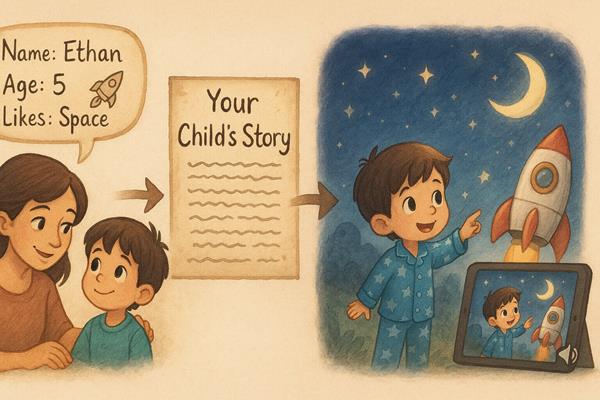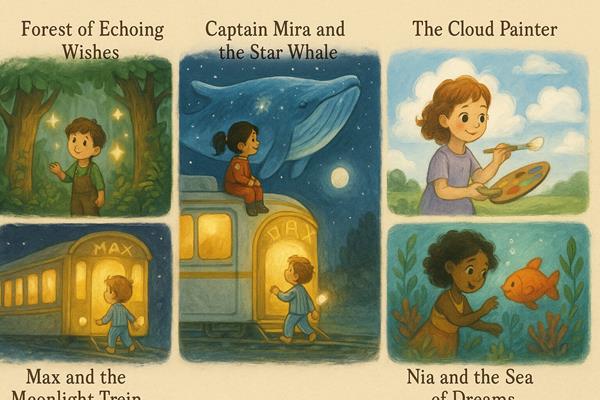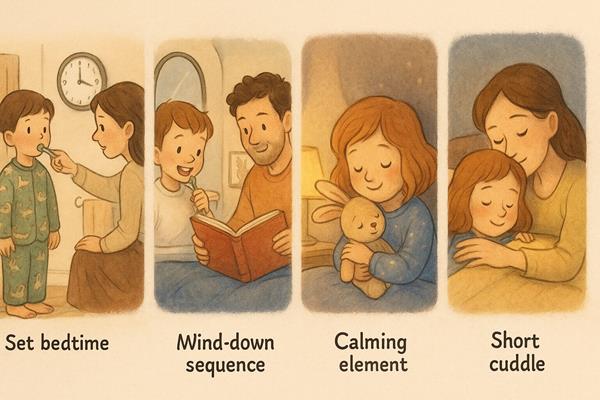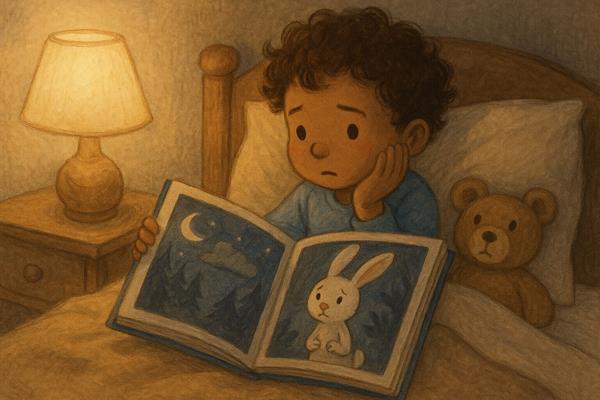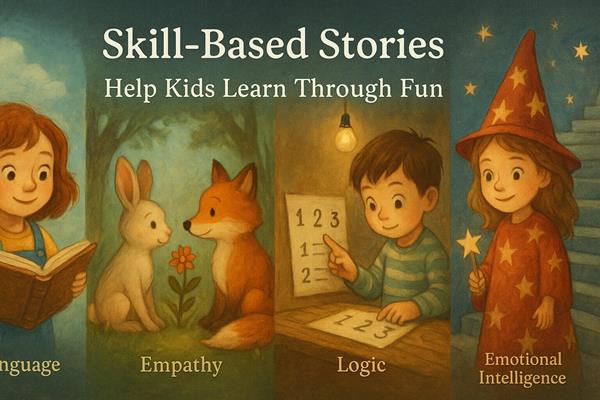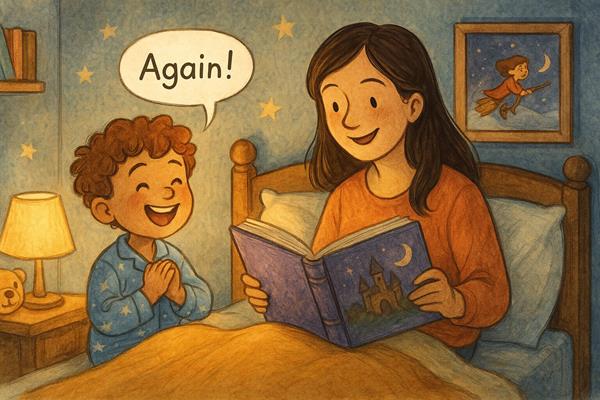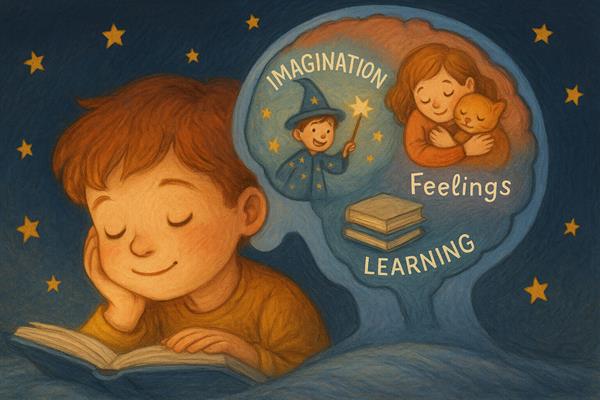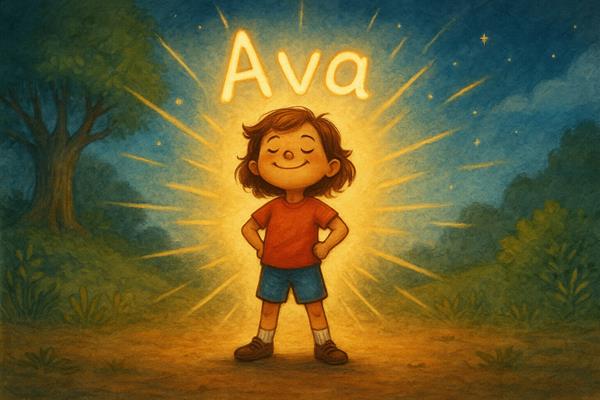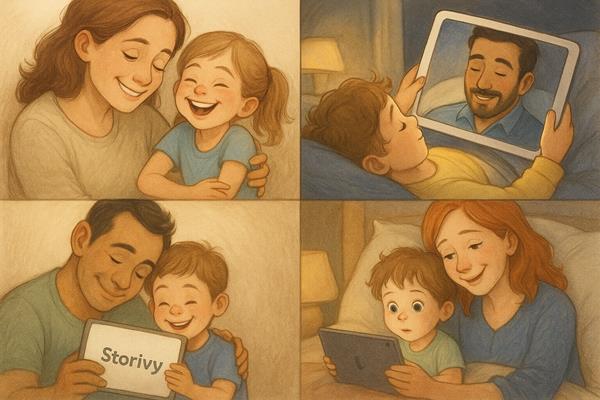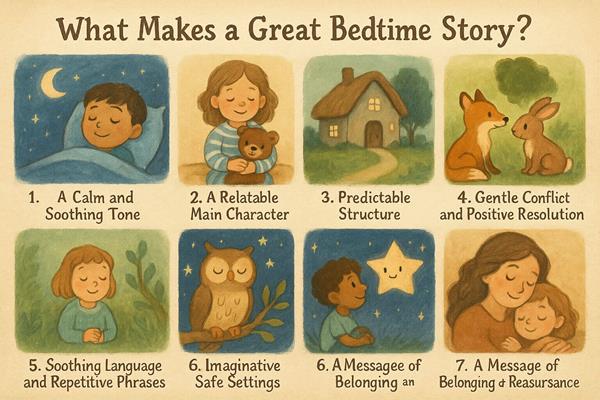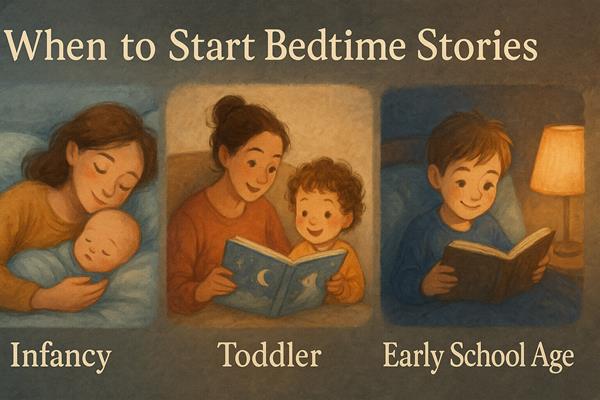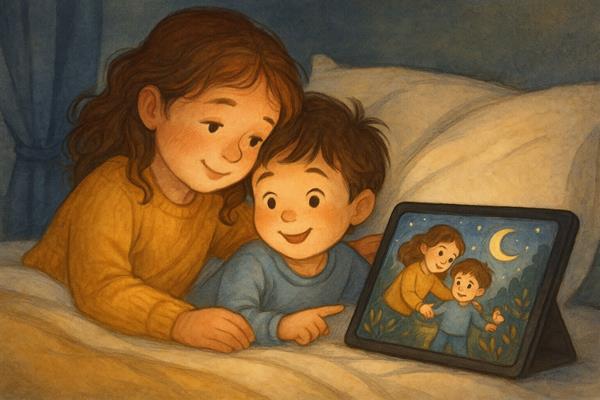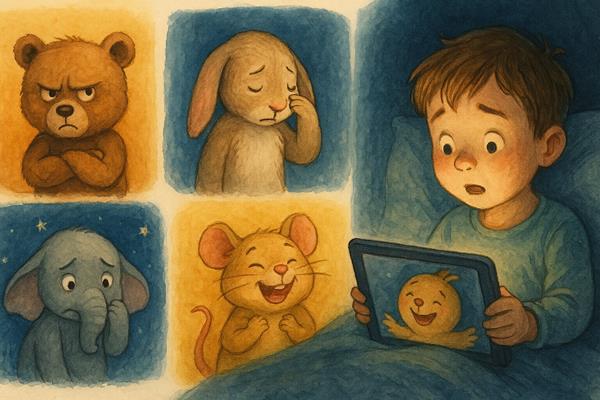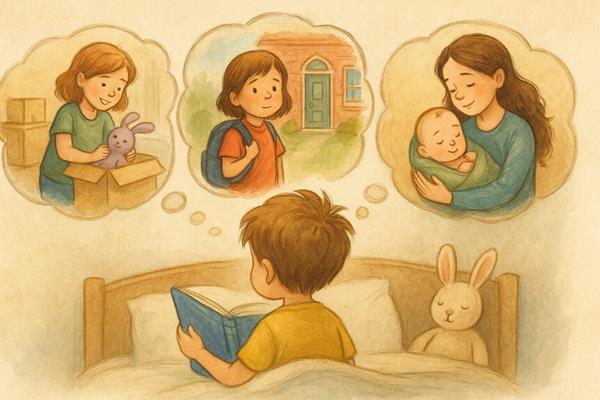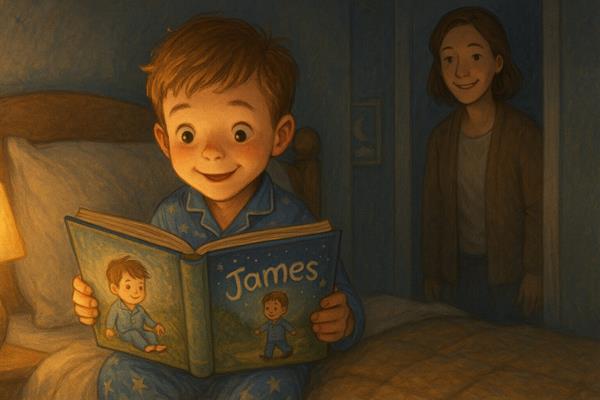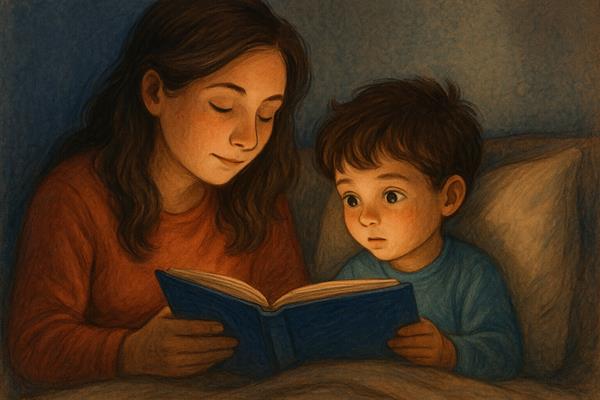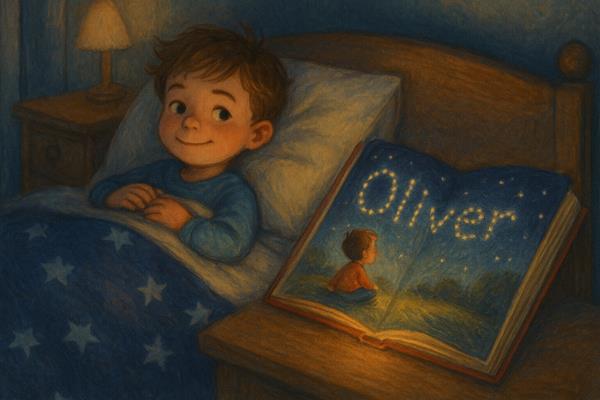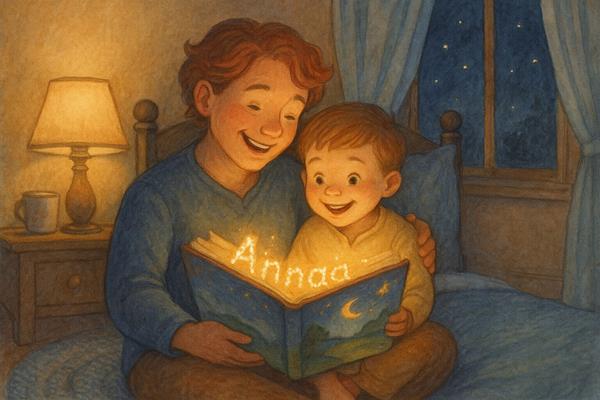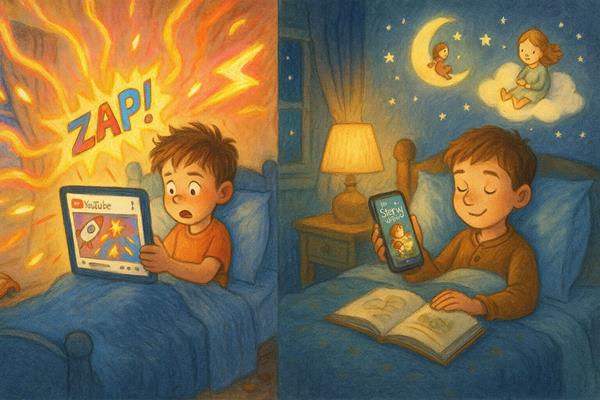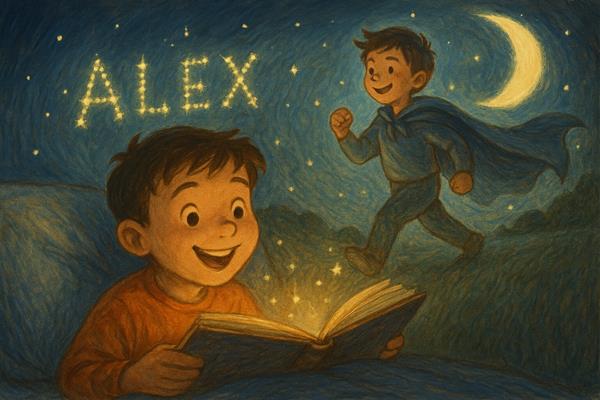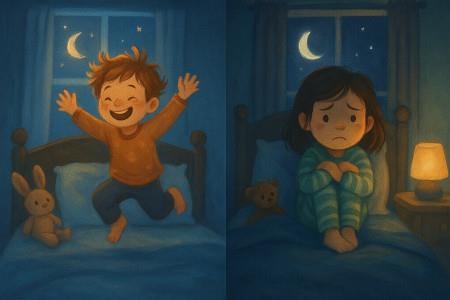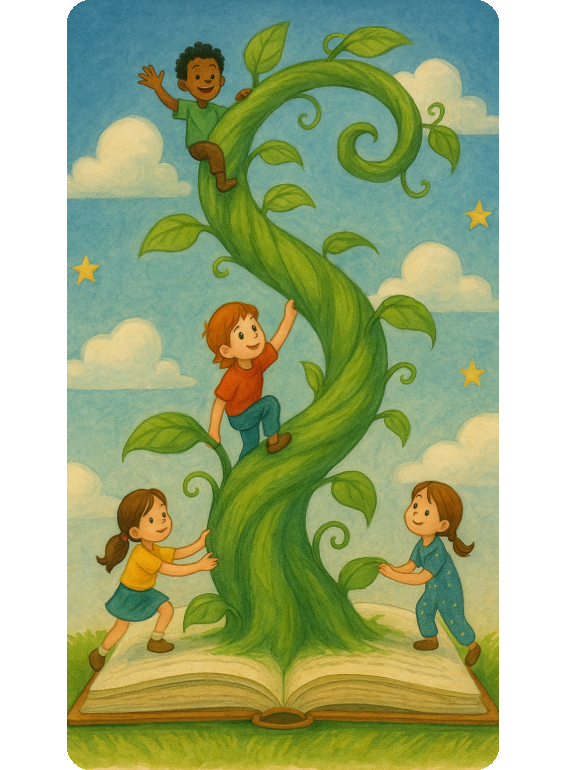Reading vs. Listening: What’s Best for Your Child at Bedtime?
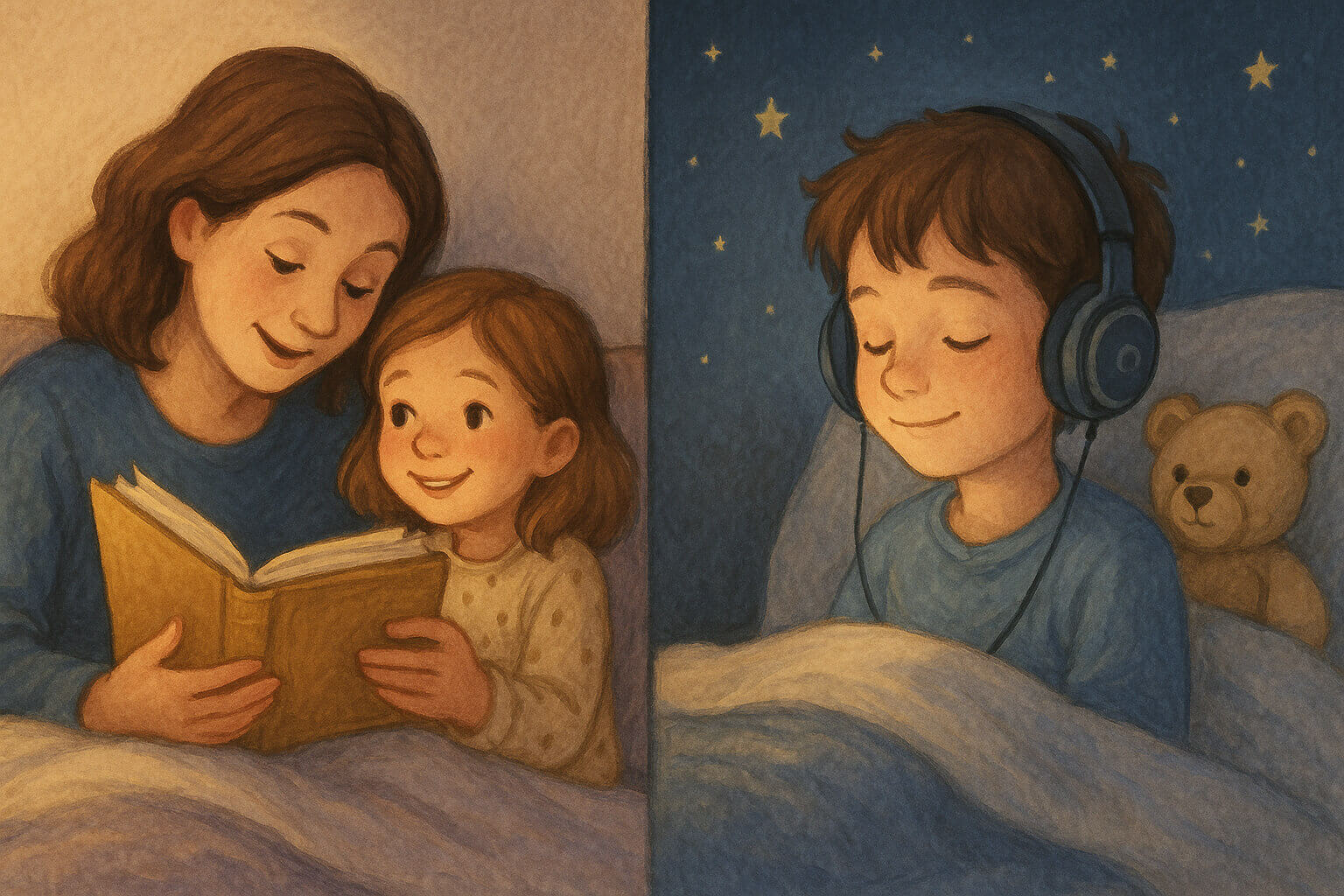
Introduction
Should you read to your child, or let them listen to a narrated story at bedtime? The good news is—both are great! But each has its own strengths depending on your child’s age, routine, and emotional needs. Here’s a closer look at how these two methods support learning, imagination, and sleep.
Benefits of Reading Aloud
When you read aloud to your child, you’re doing more than just sharing a story:
-
Strengthens emotional bonding through voice, eye contact, and closeness
-
Allows for pauses, questions, and personal reactions
-
Boosts vocabulary, attention span, and comprehension
-
Encourages early literacy and word recognition
It’s especially powerful for children aged 2–6, when shared attention and routine are deeply comforting.
Benefits of Listening to Narrated Stories
Narrated stories—like those found in the Storivy app—offer their own unique advantages:
-
Encourages imagination by letting the child focus on visuals and voice
-
Builds independence by giving kids ownership of their routine
-
Supports language rhythm and listening comprehension
-
Calms the mind with soothing voices, especially helpful for winding down
Great for children aged 4–8, especially during transitions like travel, solo rest time, or quiet evenings.
Which One Should You Choose?
There’s no wrong answer—and many families use both!
-
Read together when you have the time to bond
-
Use narrated stories when you need support or want to encourage quiet, independent rest
-
Mix the two depending on your child’s mood, age, or routine
Storivy offers flexibility by allowing you to choose between reading and listening with the same story—keeping bedtime both consistent and fresh.
Conclusion: The Real Goal Is Connection and Calm
Whether you read or play a story, the purpose is the same: to help your child feel safe, calm, and inspired. You’re not just building literacy—you’re building love and lifelong habits. Storivy supports both modes, giving you the freedom to adapt storytelling to your family’s needs.
- Date: 21 May 2025
- Share:


